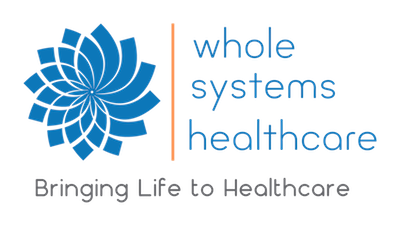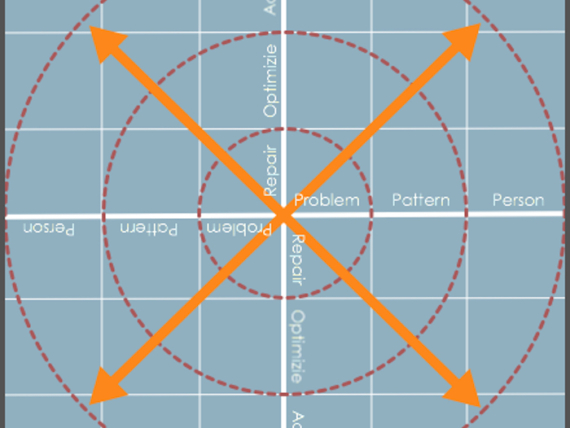This article is part three of a three part series on Our Model. See part one to learn about The Healthcare Continuum, and part two to learn about the Idealized Strategy Flow.
We use the term whole systems in reference to a style of holistic modeling of systems in relation to the human being. A whole systems approach places reductionist and systems-based treatment methods on a continuum from acute problems to complete health, while providing multiscale context for the systems with which the person interacts in their treatment process and everyday lives. The whole systems approach begins with assessing where the person fits on the health–dysfunction–disease continuum. Once a person has established care with an integrative primary care provider, they can begin focusing on restoring health through the Idealized Strategy Flow. The following Whole Systems Healthcare Map helps to understand the components necessary for a fully functioning health care system oriented toward restoring health, and not just managing symptoms within the “problem” frame.
Whole Systems Healthcare Map
The Whole Systems Healthcare (WSHC) map integrates the 4-Quadrant map from Integral Theory with the Therapeutic Options Map (not depicted here) and the Idealized Strategy Flow from the Person Centered Collaborative Care model. The WSHC map is unique in its method-based power to transcend paradigms, making it useful for providing context for emerging roles and perspectives in the current era of person-centered integrative medicine. The center of the map represents an individual in a state of acute, life-threatening illness, and each quadrant represents the internal, external, individual, and collective elements involved in the individual’s process toward complete health. Each quadrant contains the complete treatment progression delineated by three spheres derived from PCCC, – problem, pattern, person vs. repair, optimize, activate – providing context for all roles involved within the whole person-centered system.




